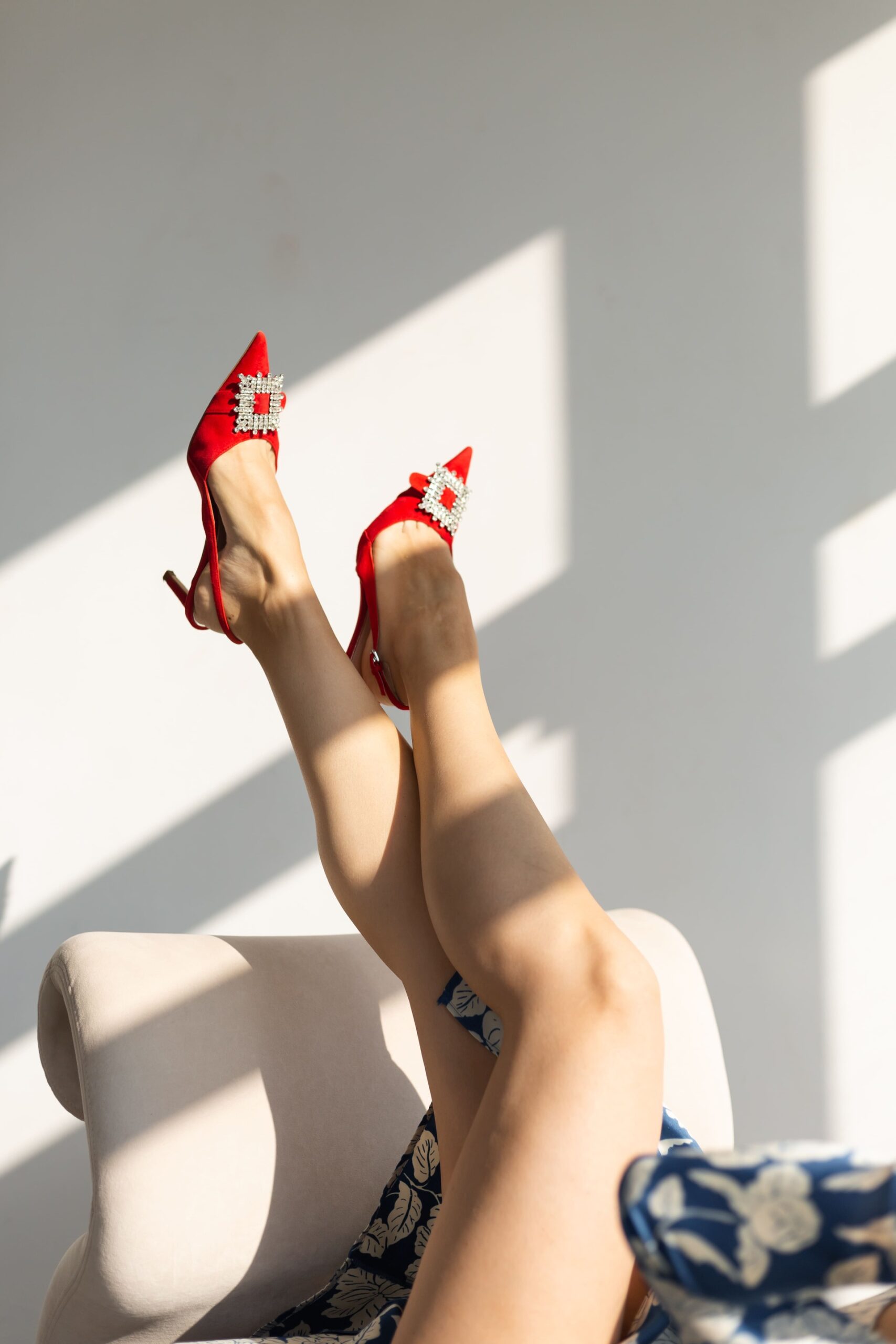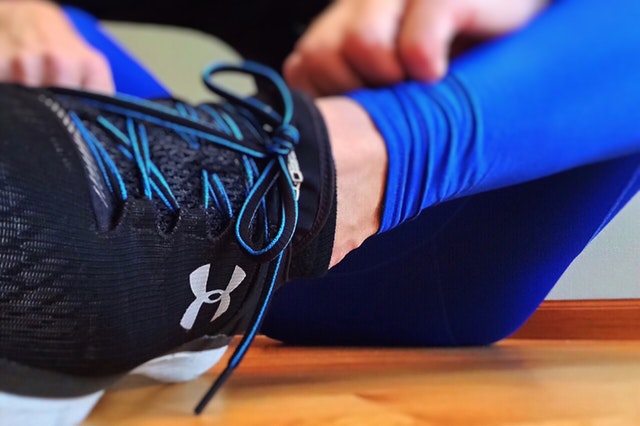People who find themselves standing or siting for long periods of time at work may be more likely to develop varicose veins. Careers that fall into this category range from truck drivers and receptionists to nurses and wait staff.
With school recently back in session, it’s also something teachers need to keep in mind. From kindergarten through college, teachers and professors may spend long periods of time standing up to lecture a class or sitting behind a desk. If you work in any field that fits this description, you may want to follow these tips to help prevent varicose veins.
1. Take breaks.
You probably already know that taking a break from long periods of sitting or standing can be beneficial to your health, but you may not realize that it can help your veins, too. Every hour, try to spend at least 5 or 10 minutes walking around if you’ve been sitting or sitting down if you’ve been standing.
2. Consider a standing desk.
Standing desks are becoming more and more popular, and if it’s possible for you to incorporate one into your classroom or office, give it a try. Of course, you don’t want to stand up all day, but you can alternate between two desks or sitting with your students.
3. Prop your feet up.
If you can, prop your feet on a chair or other object throughout the day. This can help improve circulation which is crucial for good vein health. Just avoid crossing your legs or sitting in a restrictive manner.
4. Watch your sodium.
It can be easy to grab fast food or prepackaged foods to take to work for your lunch break, but you’ll generally find that these are super high in sodium. Even frozen dinners like Lean Cuisines, which are popular breakroom foods, can contain a lot of salt. This can contribute to swelling in your lower body.
5. Eat plenty of fiber.
Instead of grabbing food on the go, try making some lunches at home with a little weekend meal prep. The more fiber you can include the better, as this can help regulate your digestive system. Problems with digestion, like constipation, may put additional pressure on your veins, which can lead to varicose veins over time. You can even grab healthy quick snacks that are high in fiber like apples, bananas, raisins, carrot sticks, popcorn, oat bran muffins, almonds, and pistachios.
6. Dress in comfortable shoes and clothing.
Teachers and other professionals have certain dress codes to adhere to, but it doesn’t mean you have to be uncomfortable. As a matter of fact, tight clothing, including accessories like belts, socks, pantyhose, underwear, and shoes, can actually contribute to poor circulation and eventually lead to varicose veins. If something is too tight, trade it for something looser. Give up the heels for flat shoes.
7. Do leg exercises.
If you do sit or stand, you can perform some leg exercises that can help with circulation. For example, while standing, take a minute every half hour or so and stand on one foot or prop one foot up on a small stool or box. While sitting, raise your feet up off the floor so that only your toes are touching the ground to work your calf muscles and get your blood flowing.




